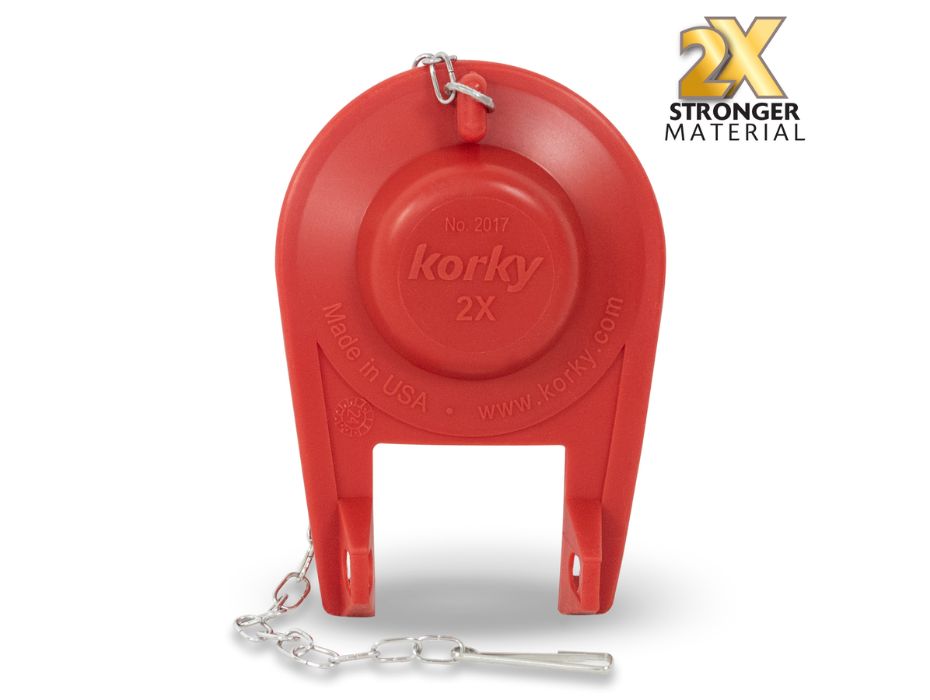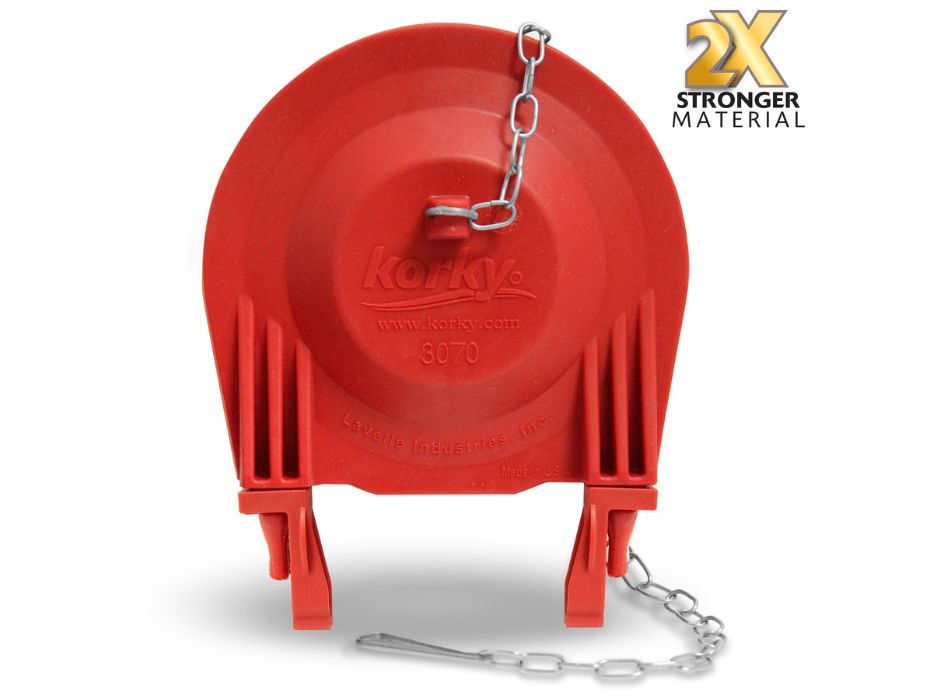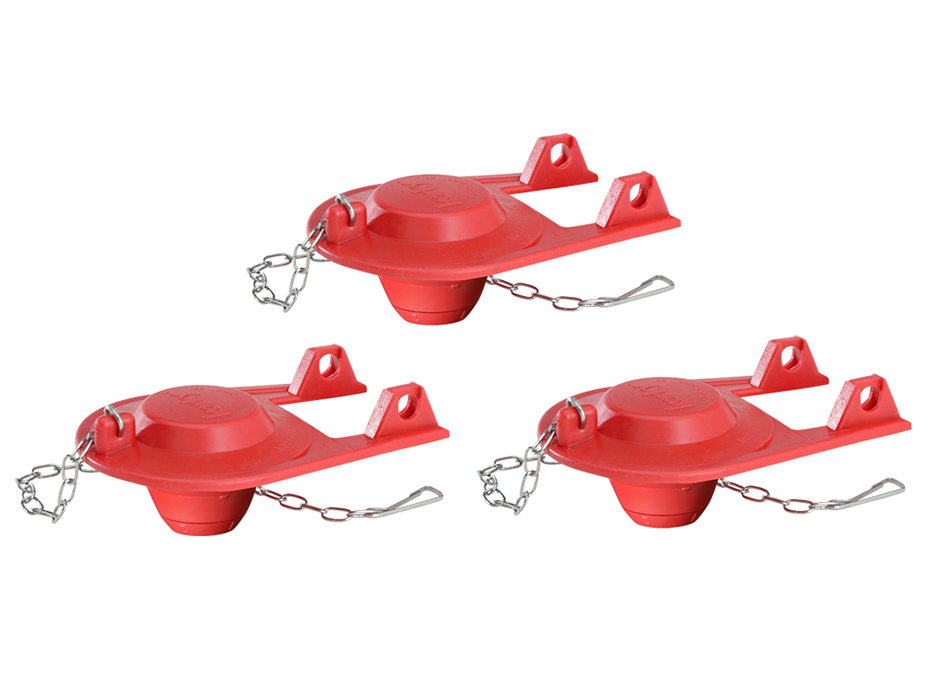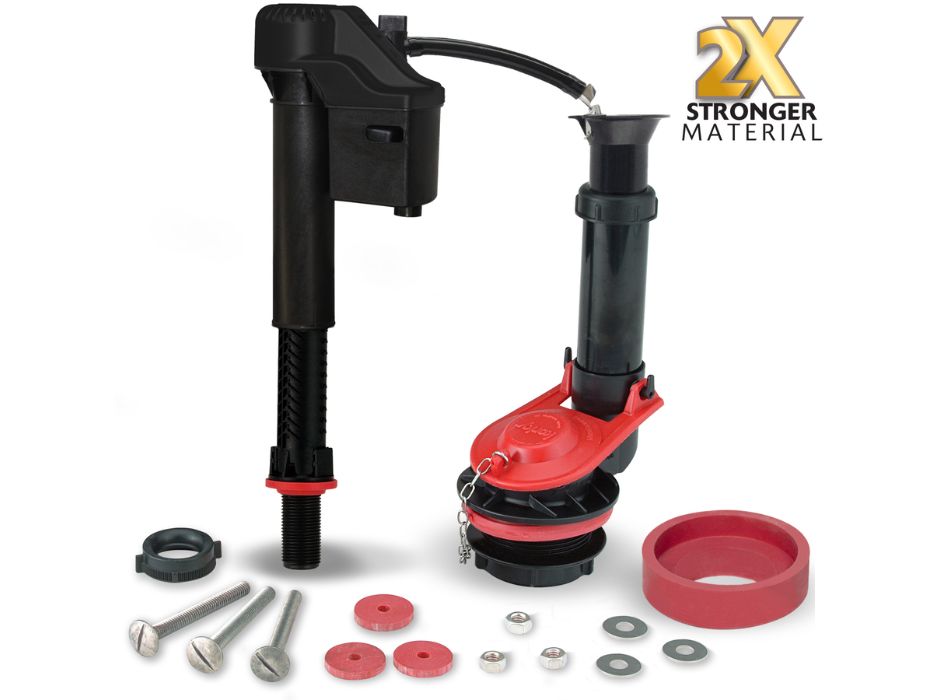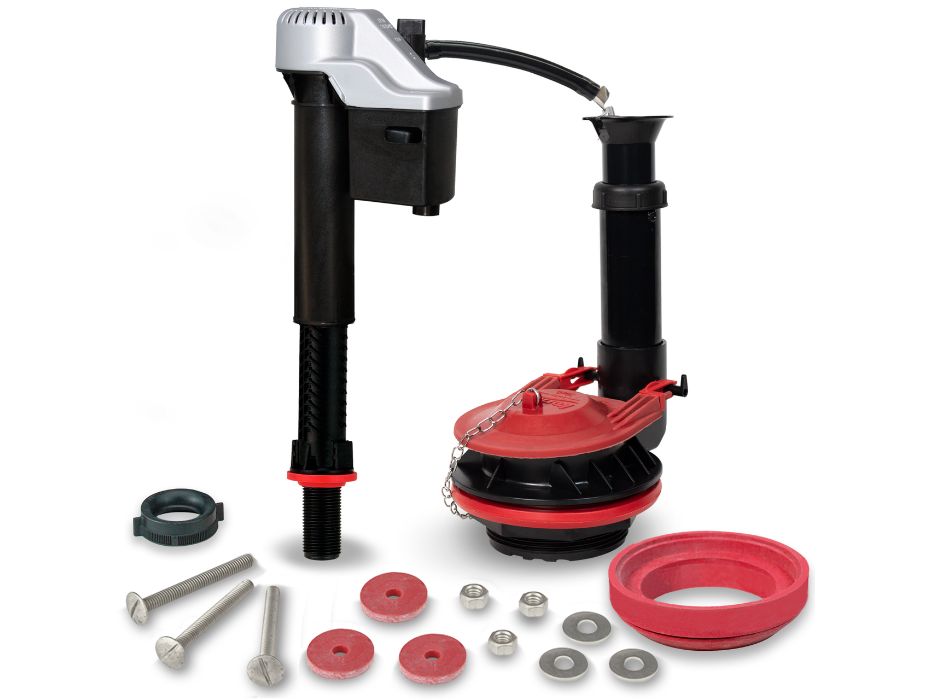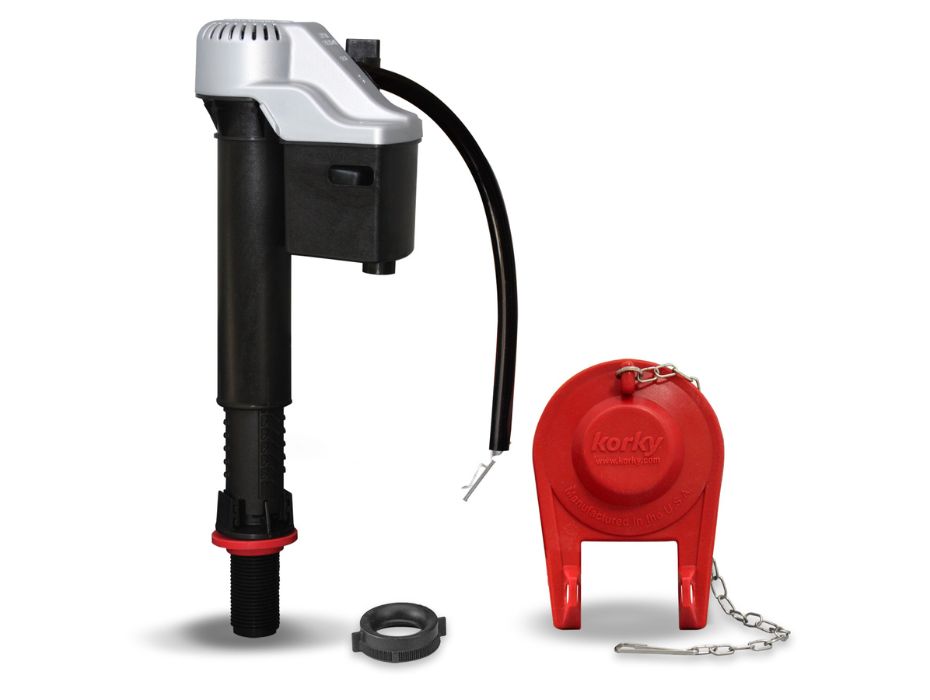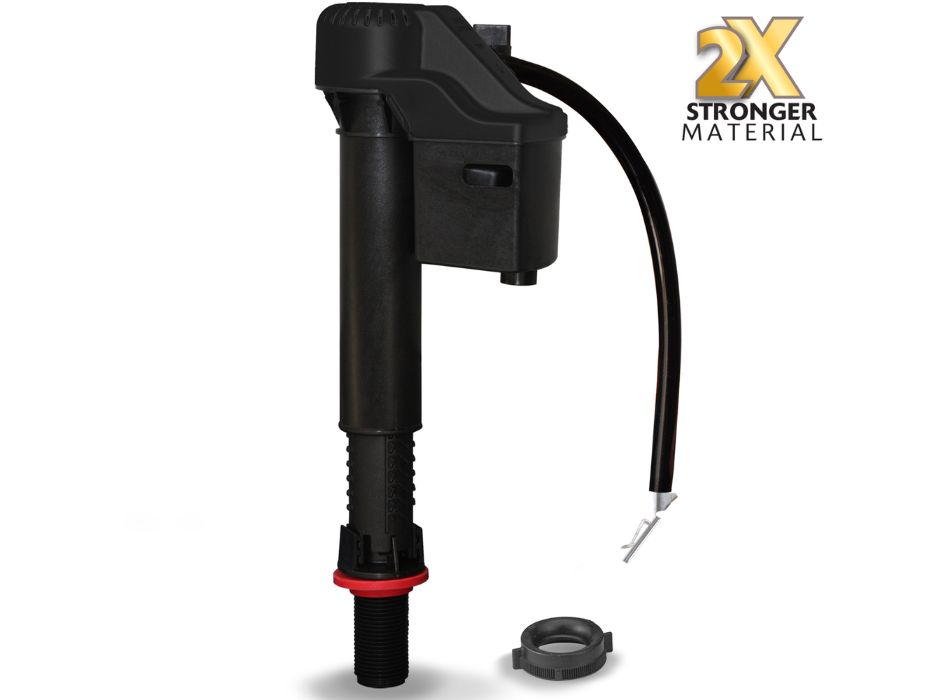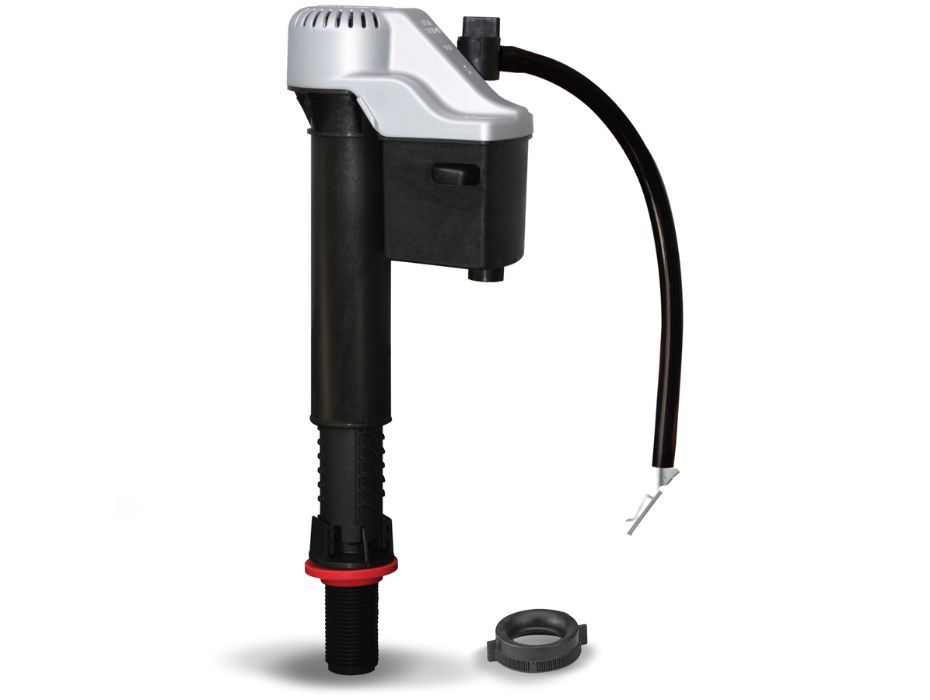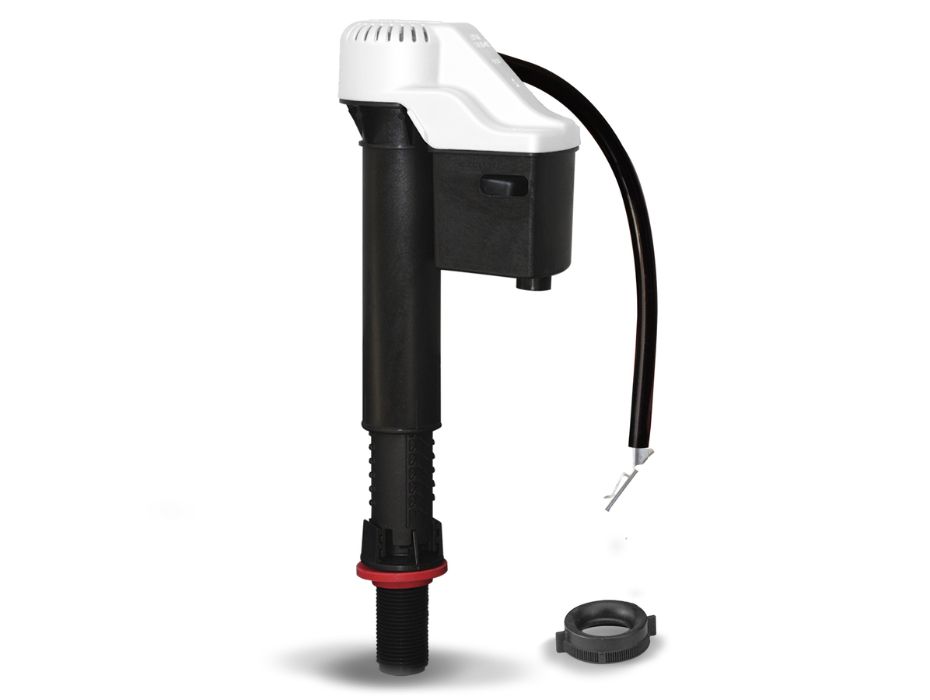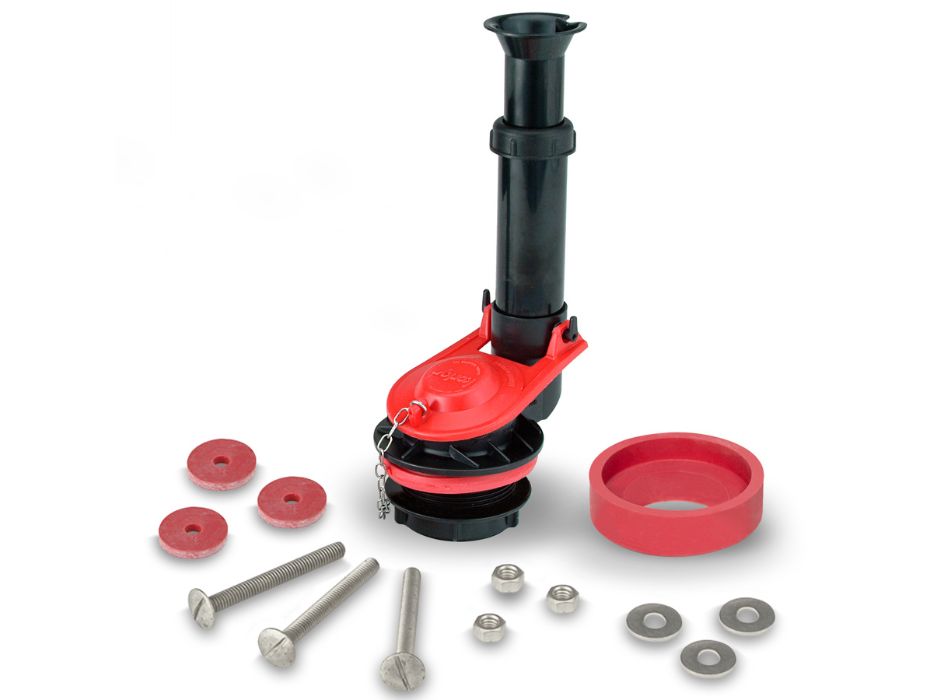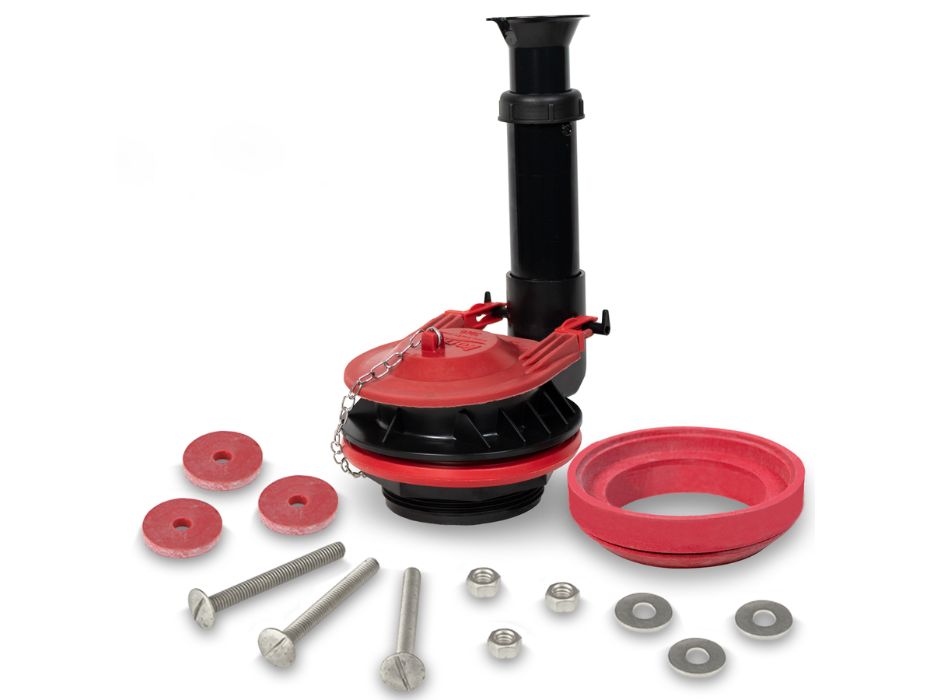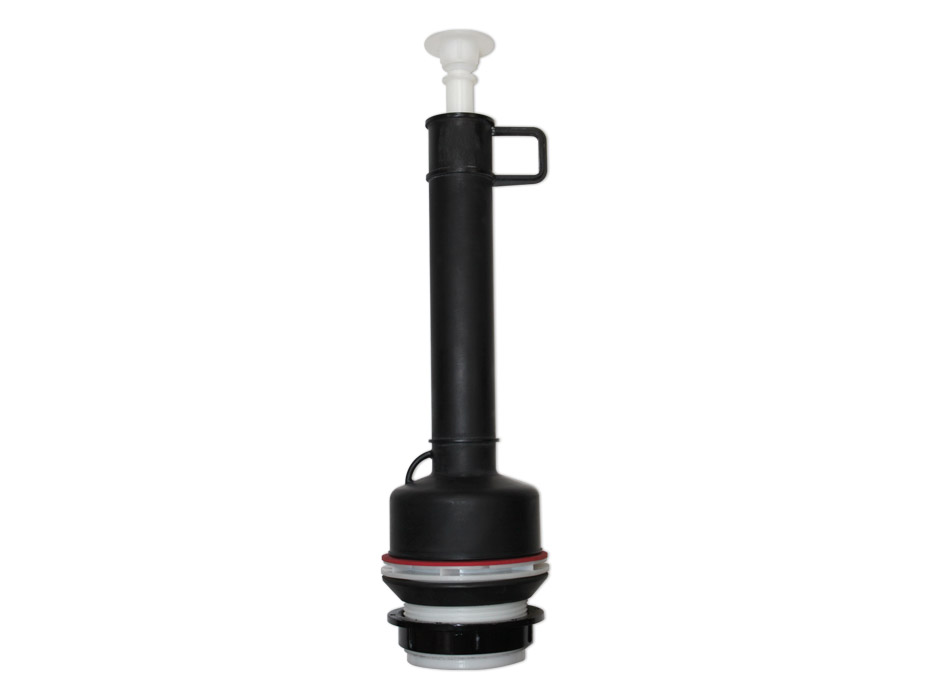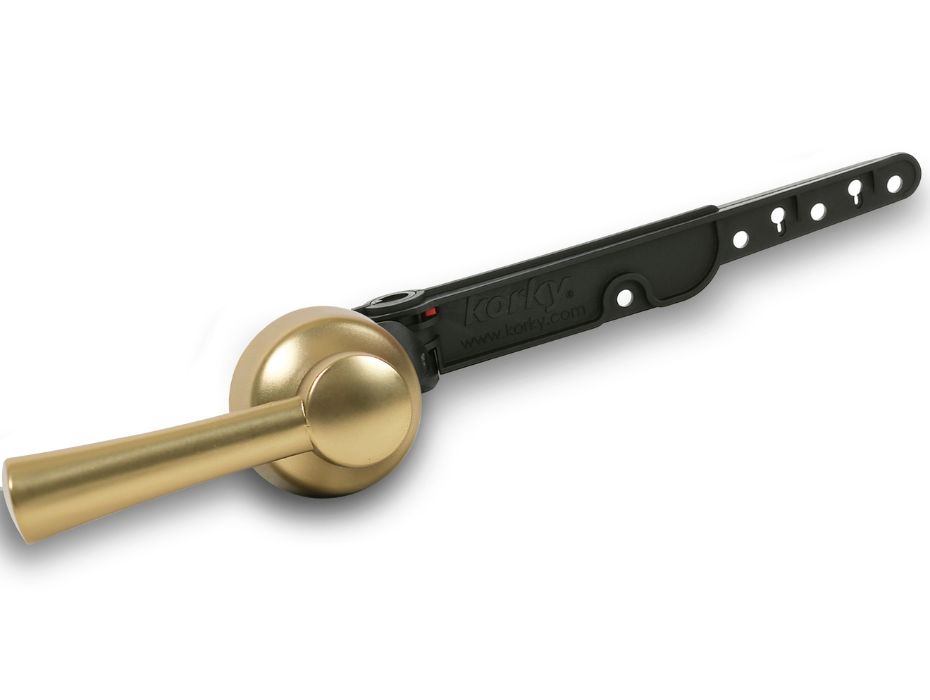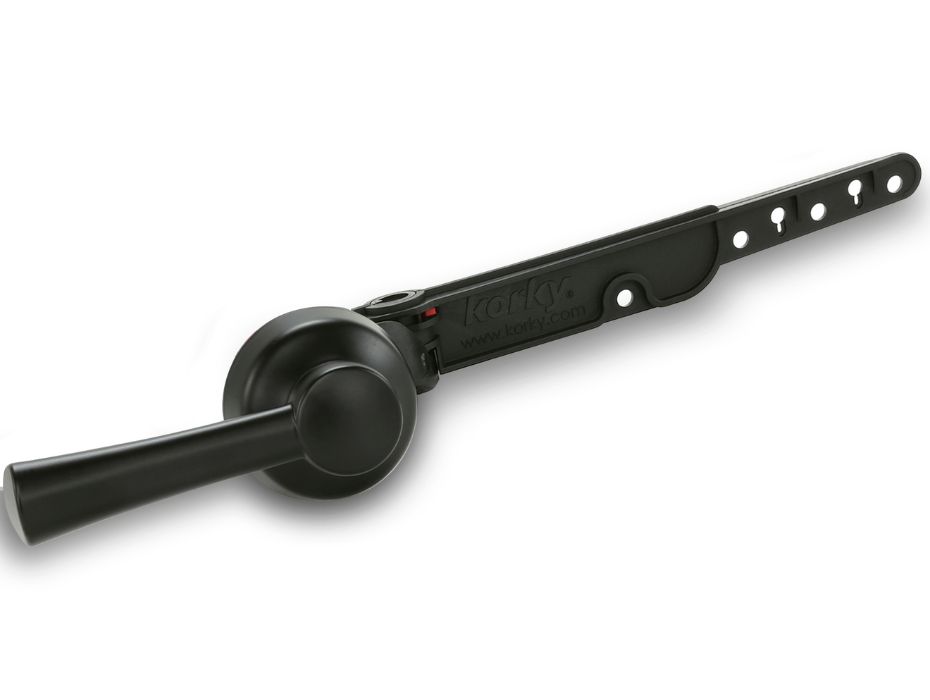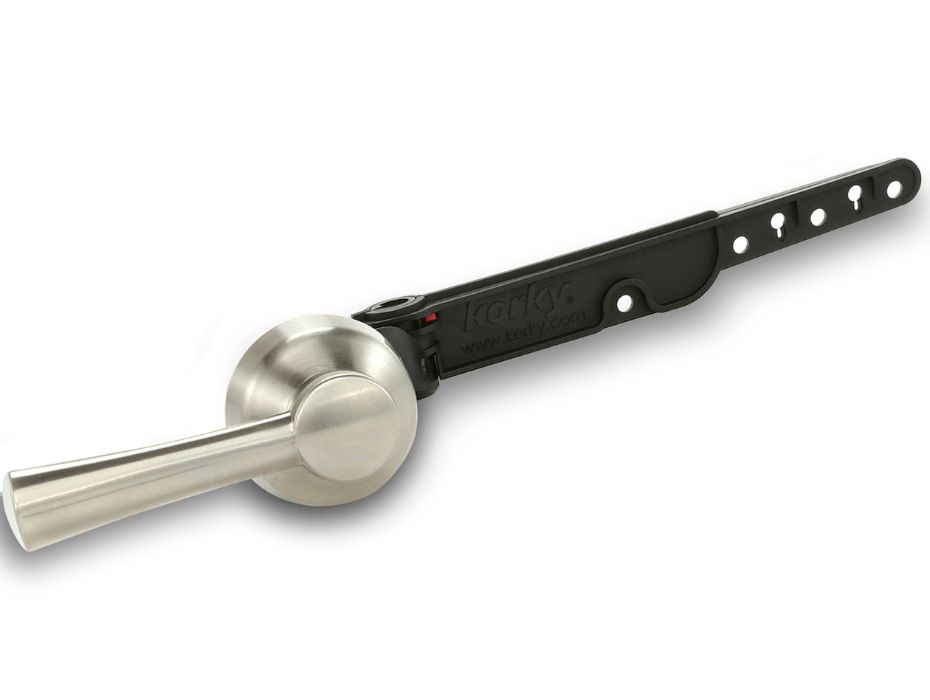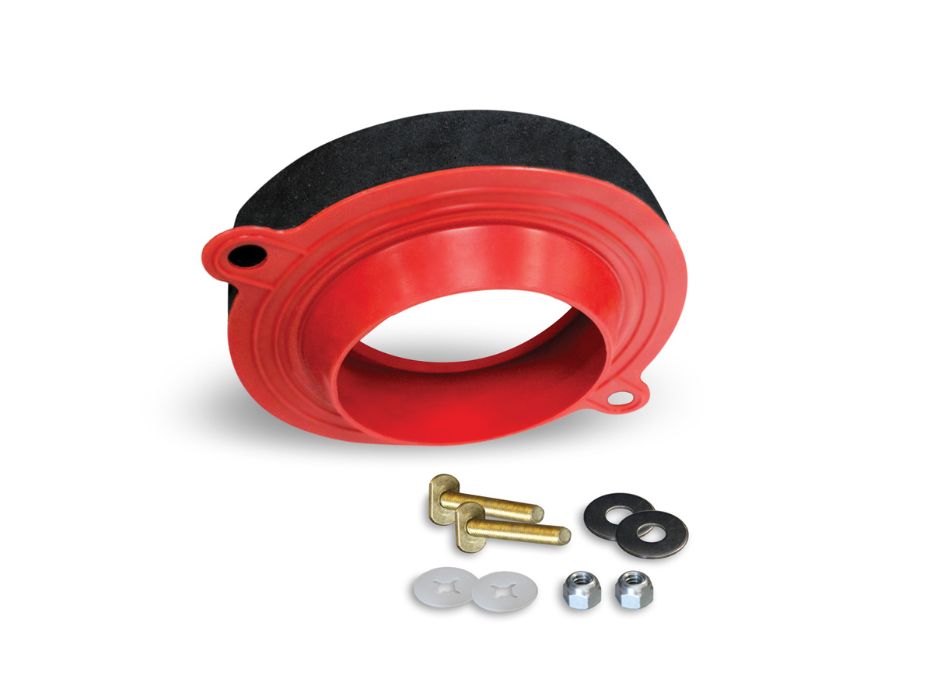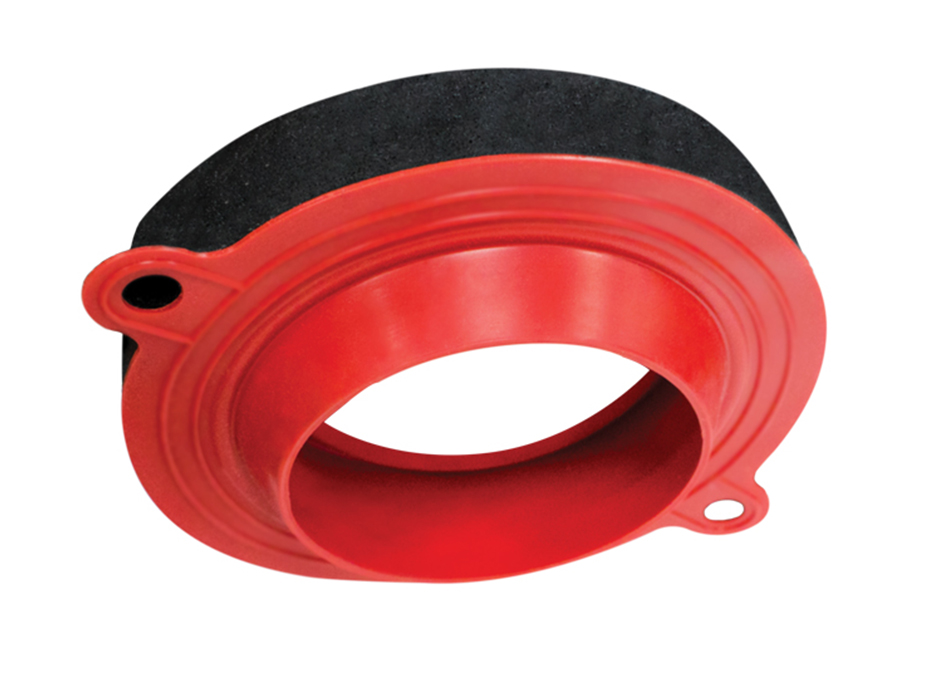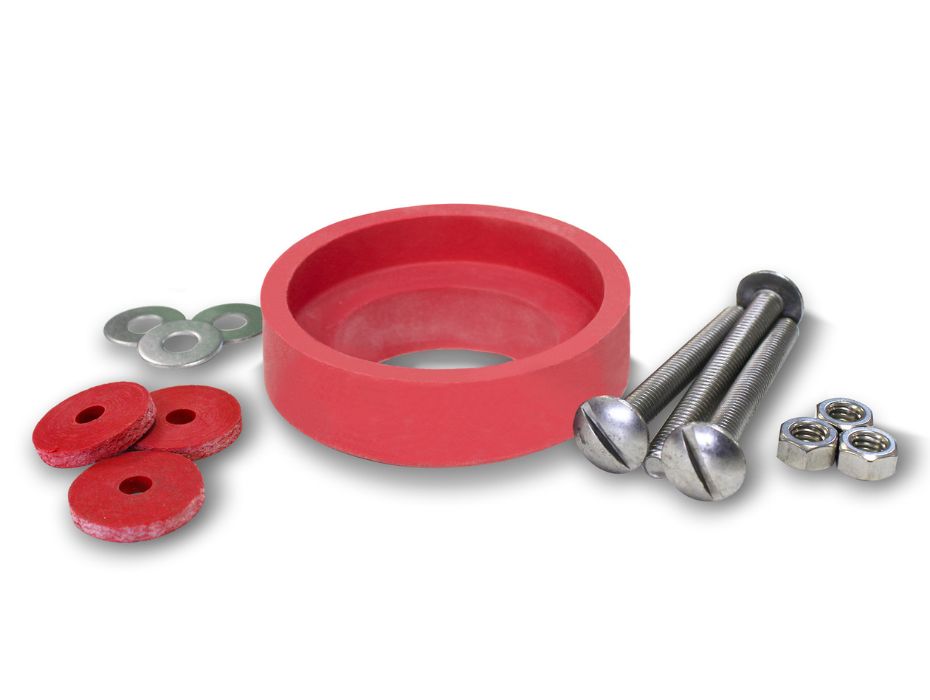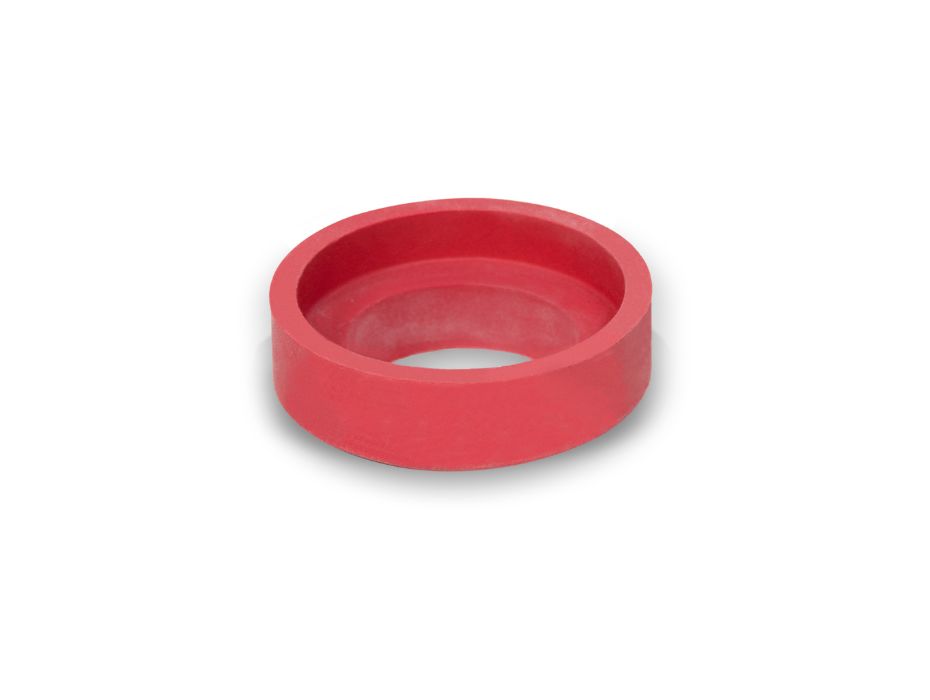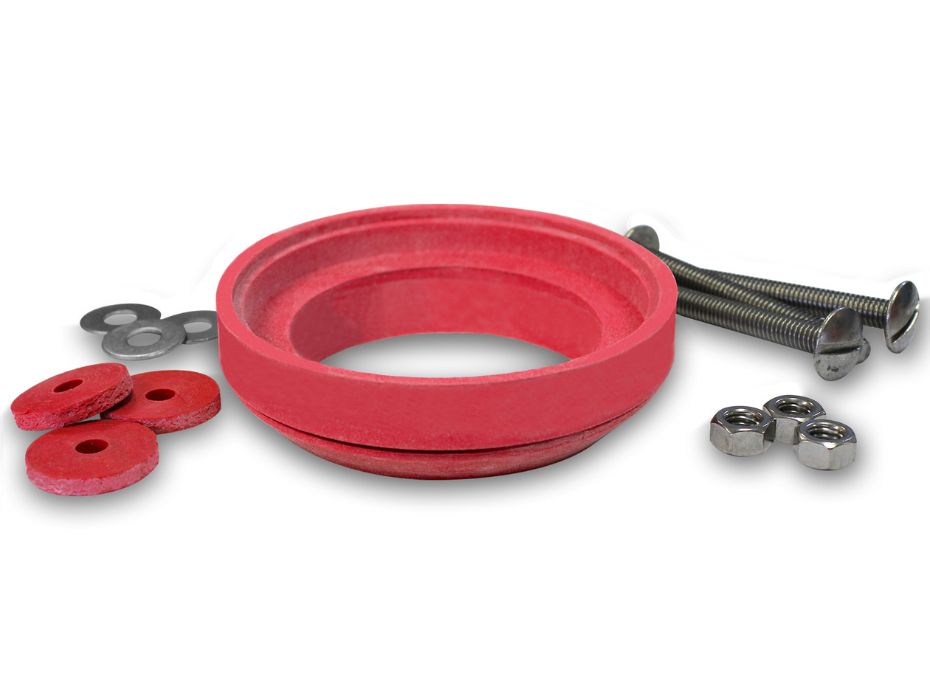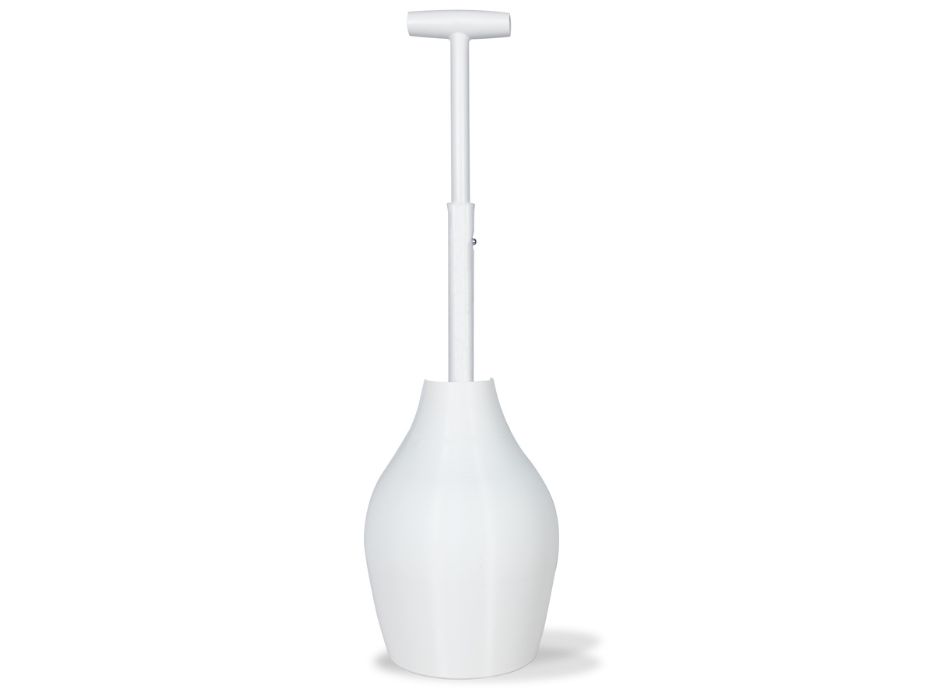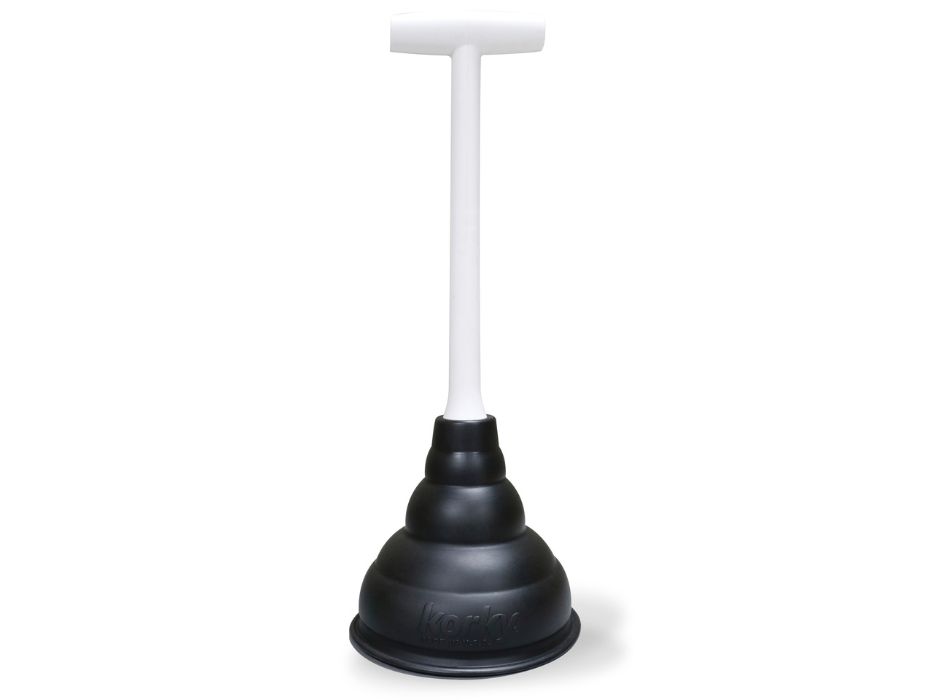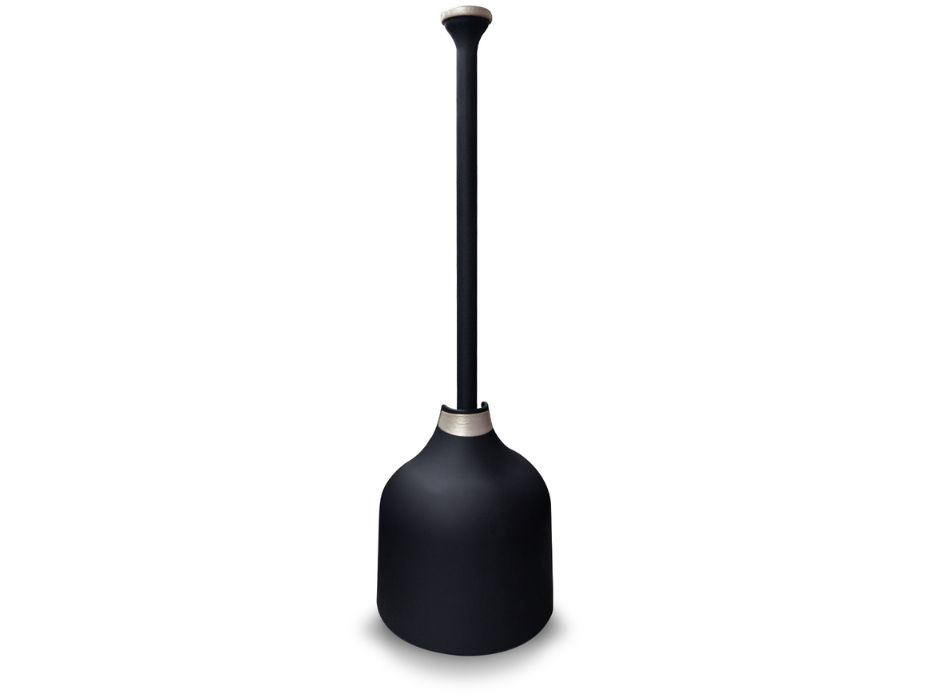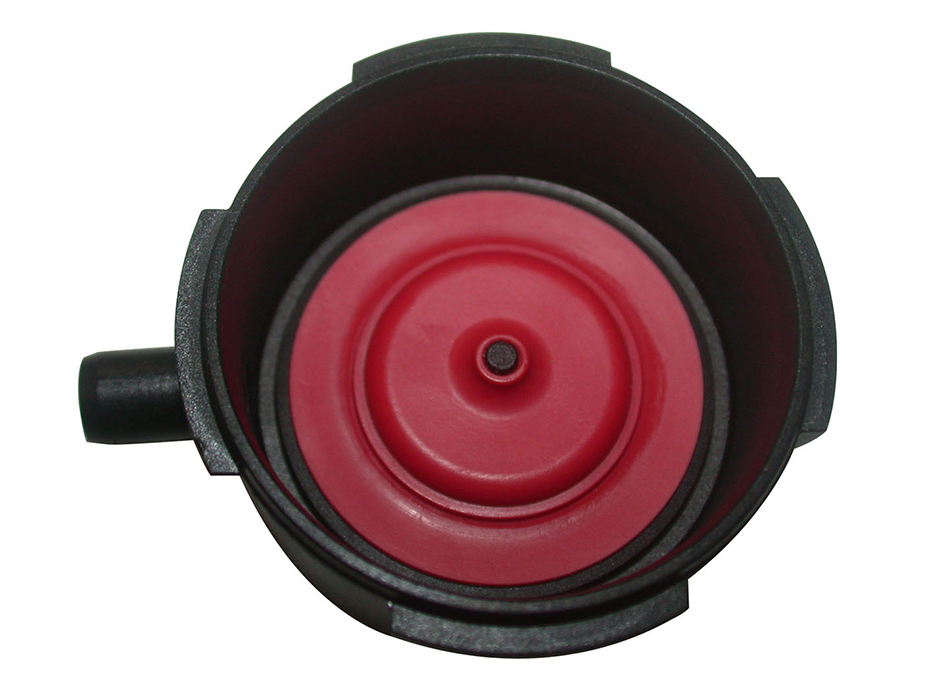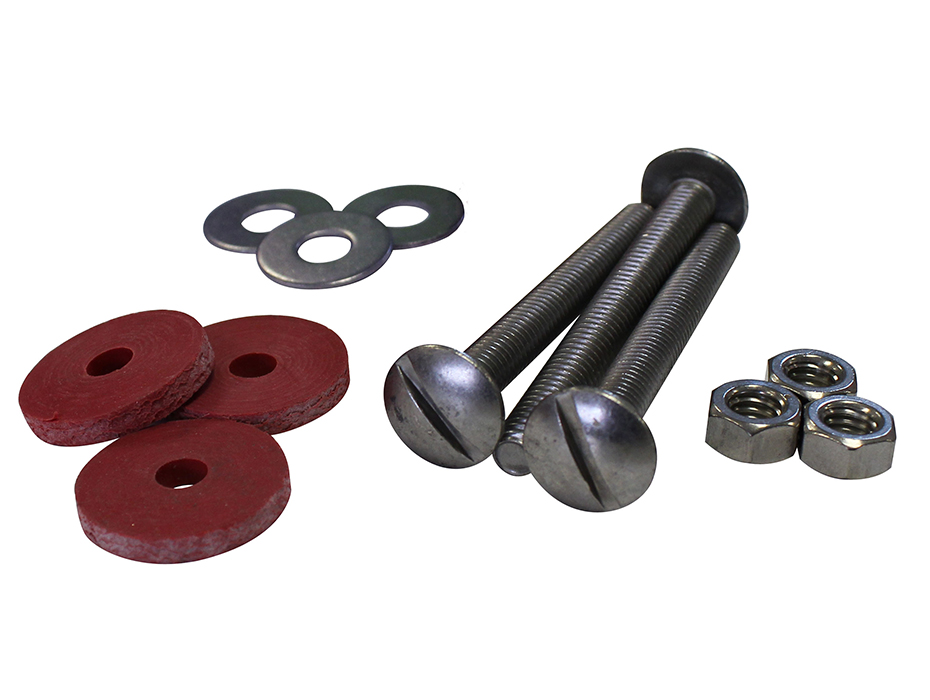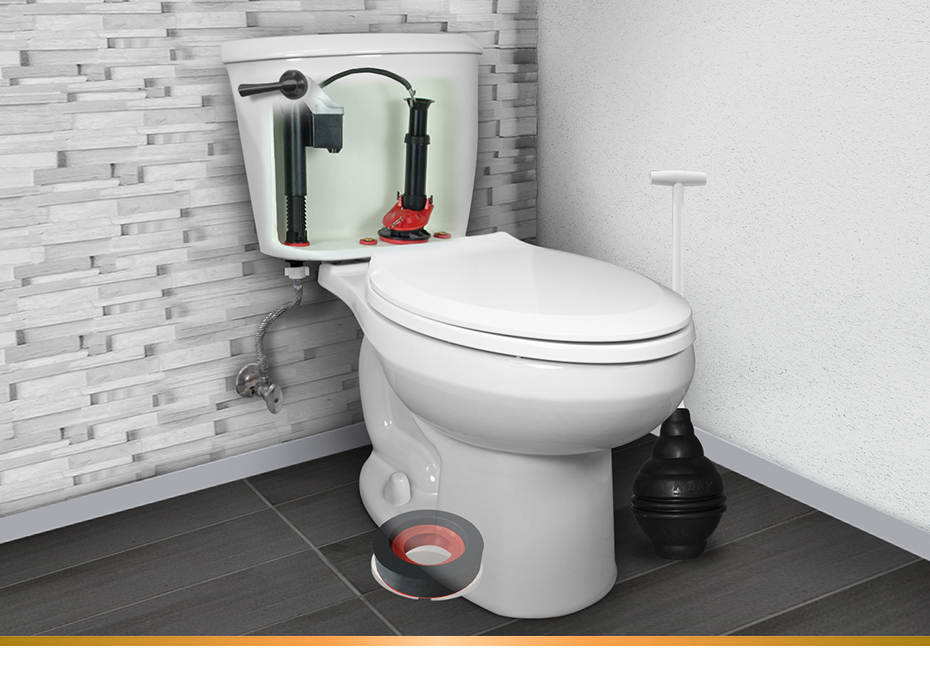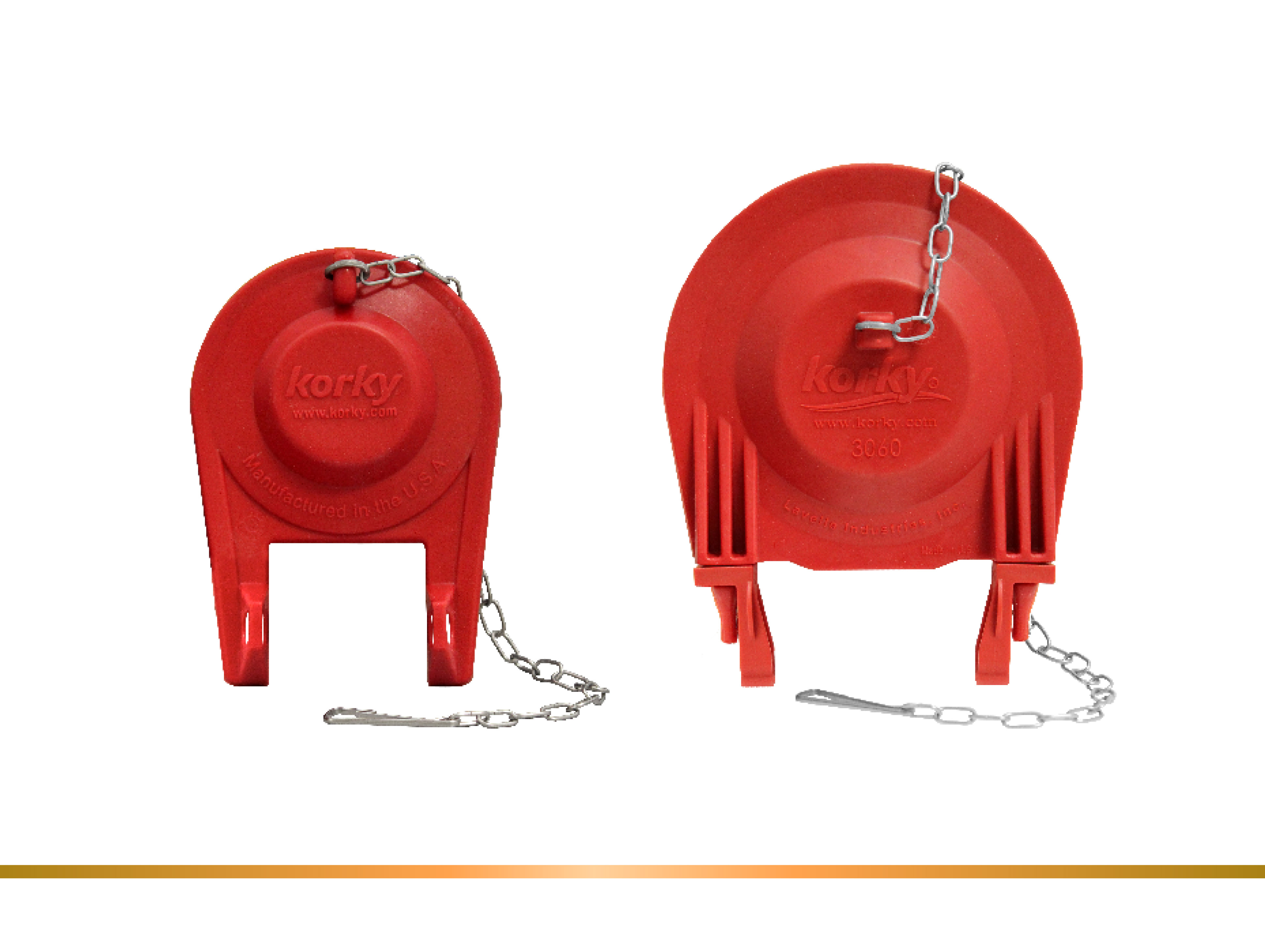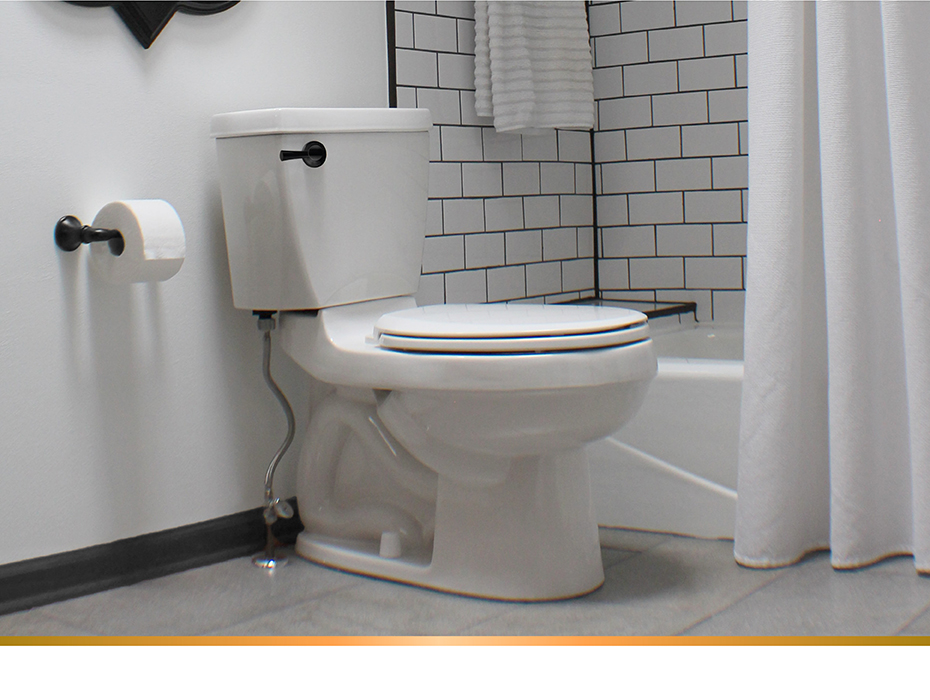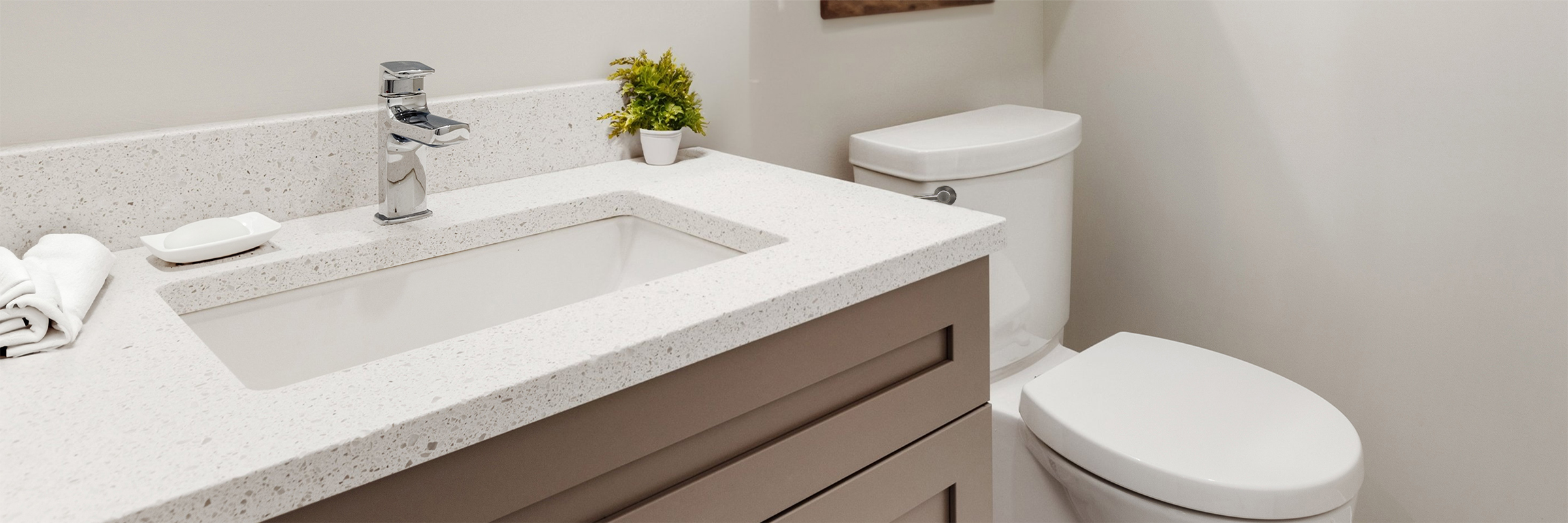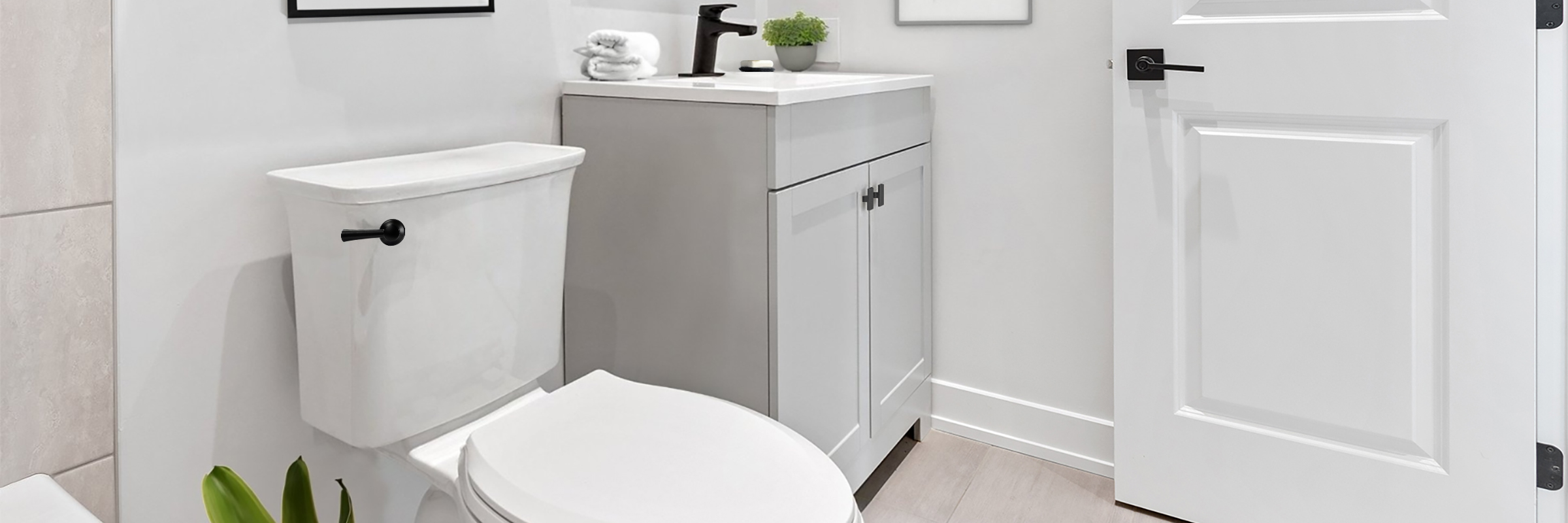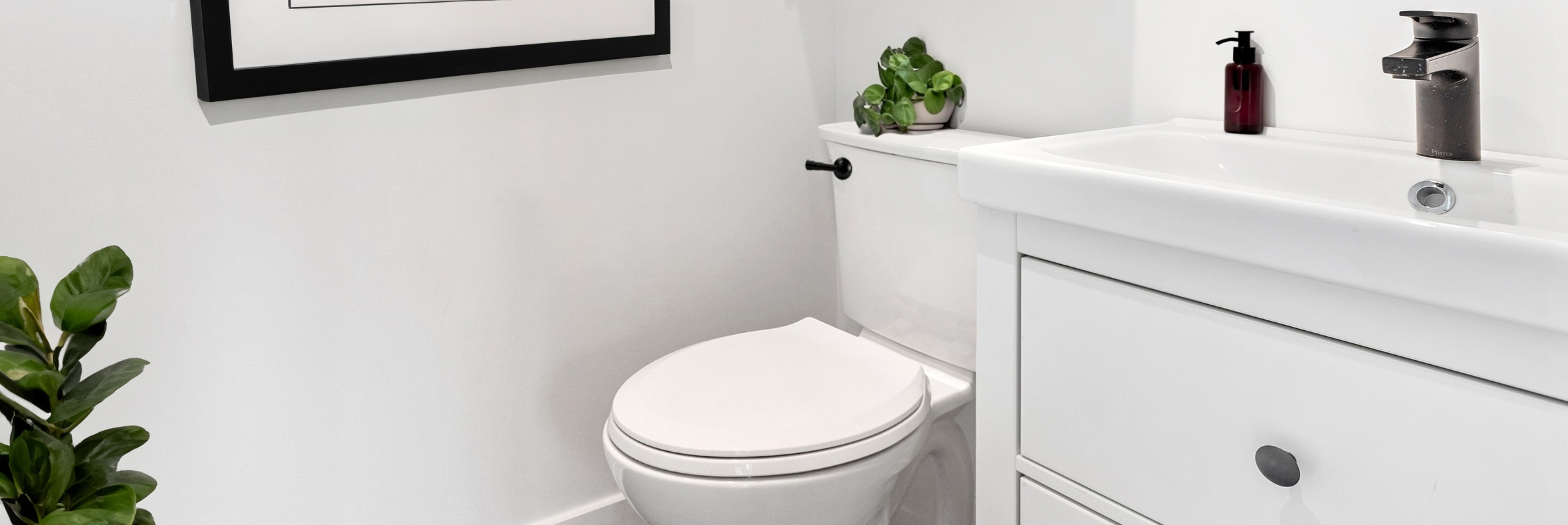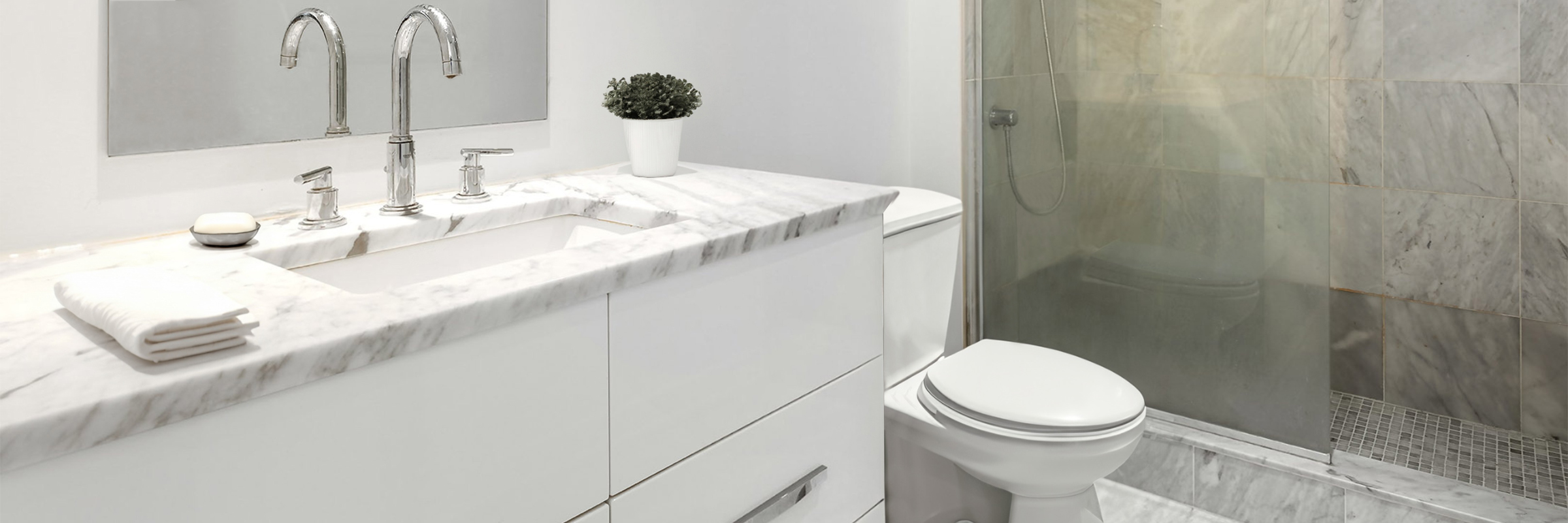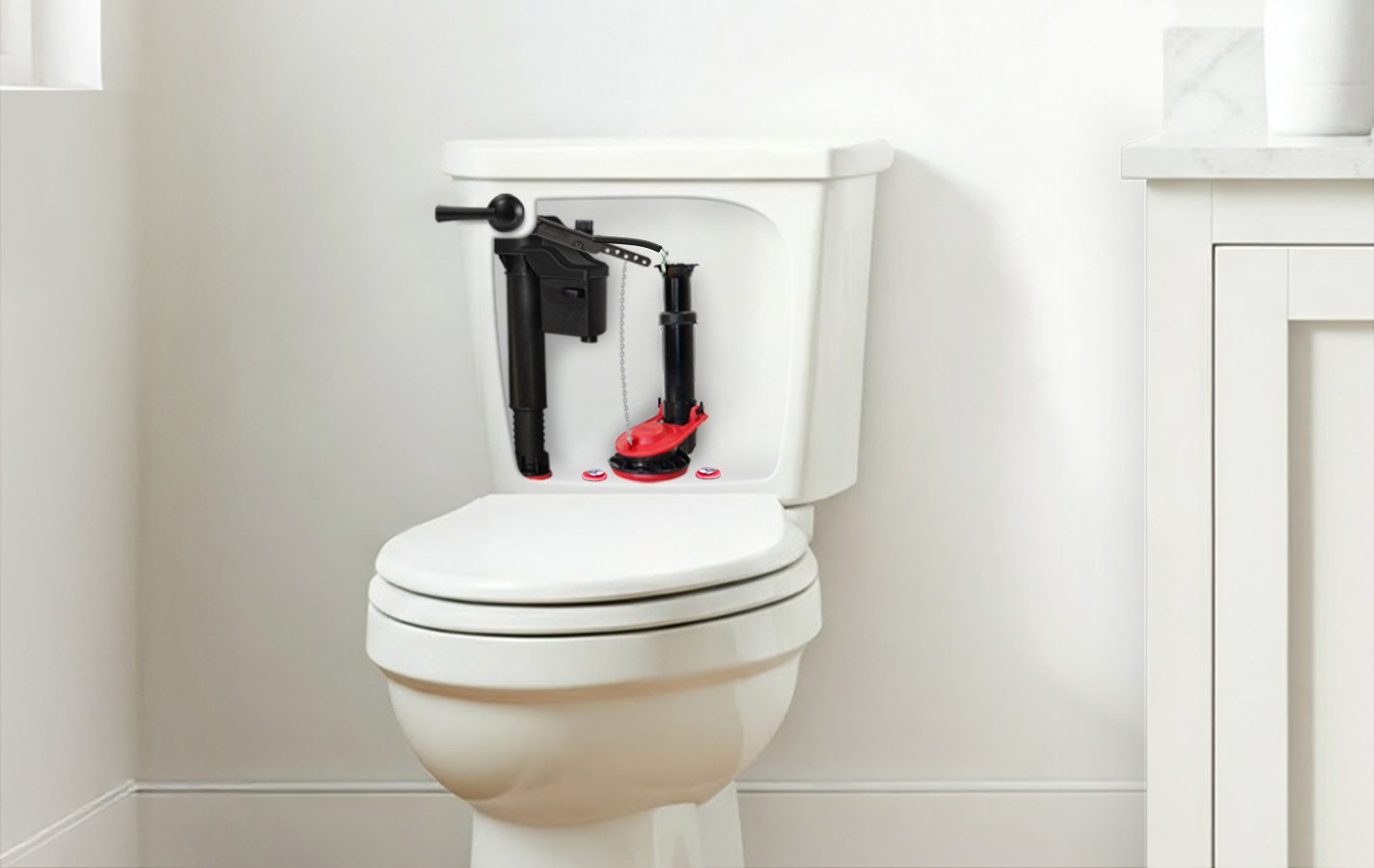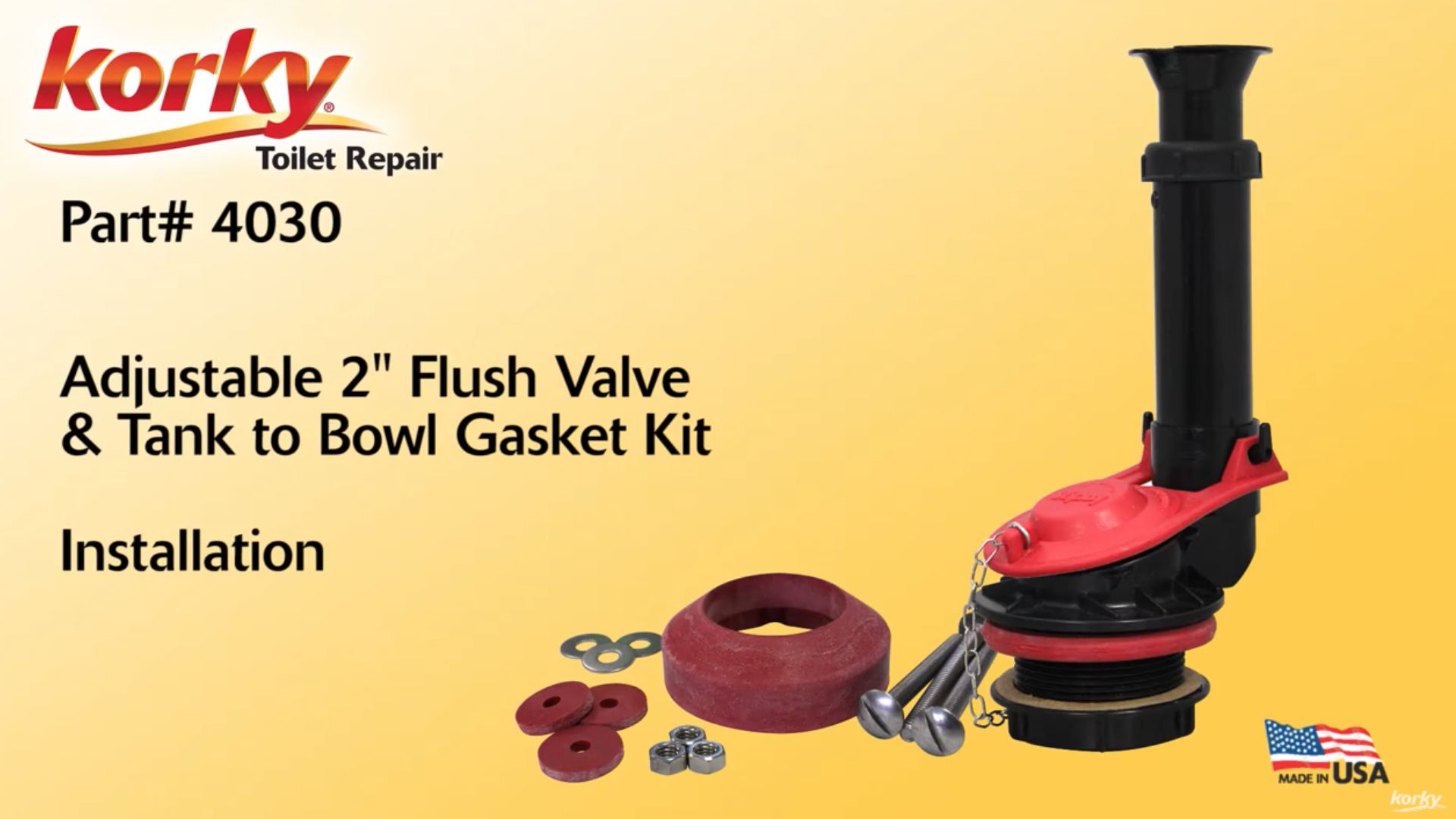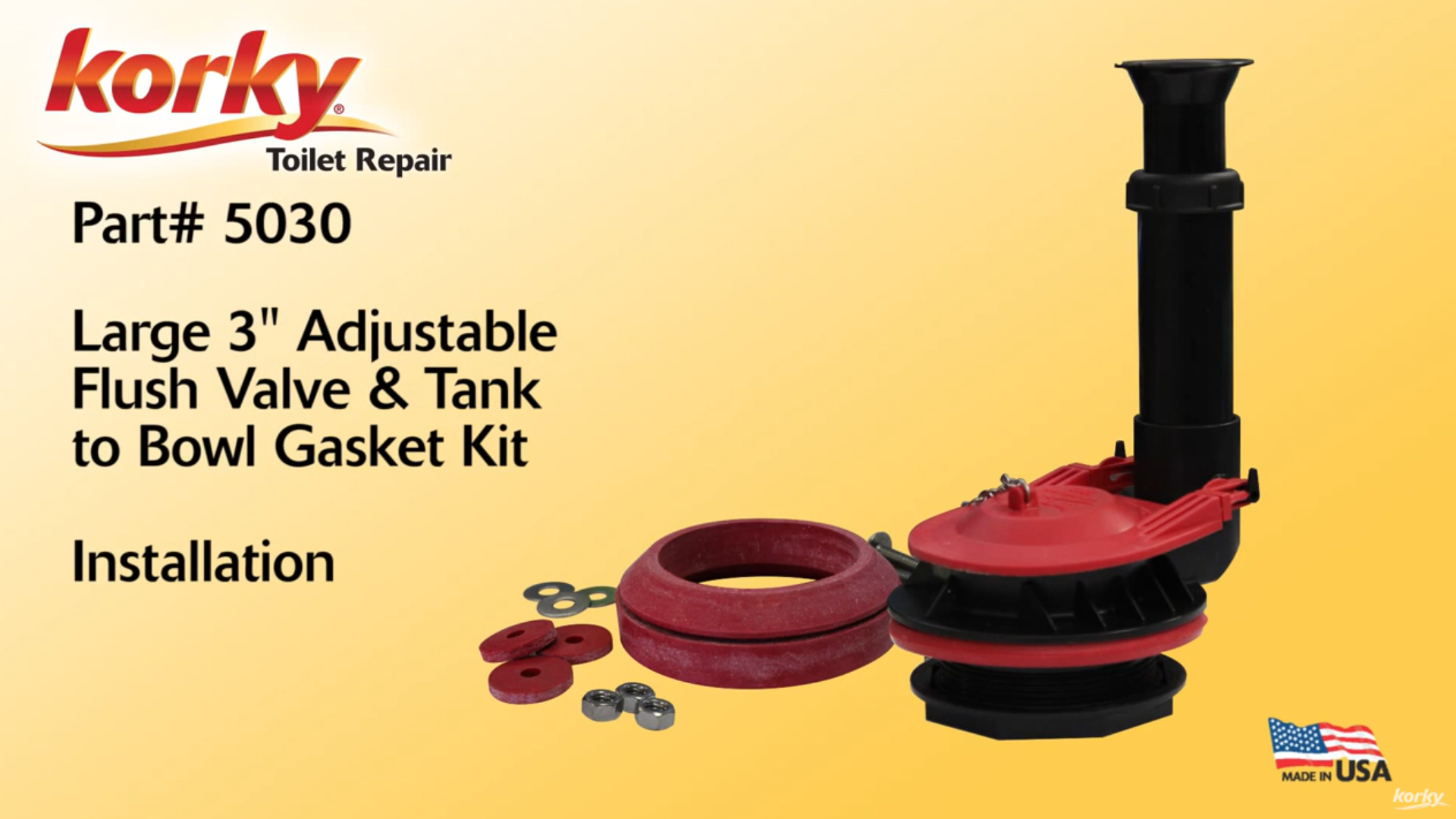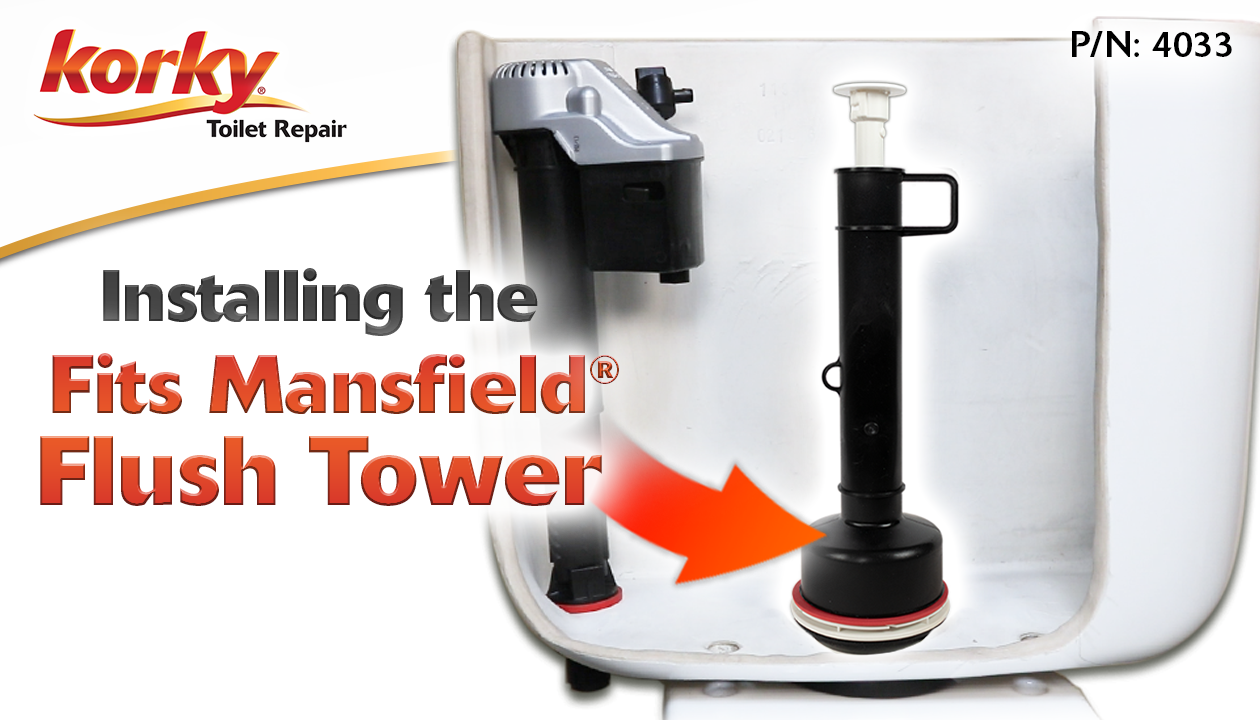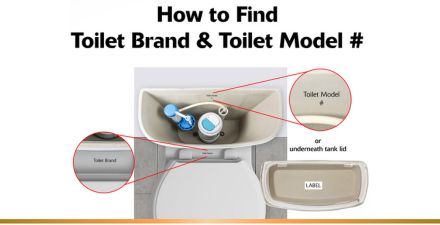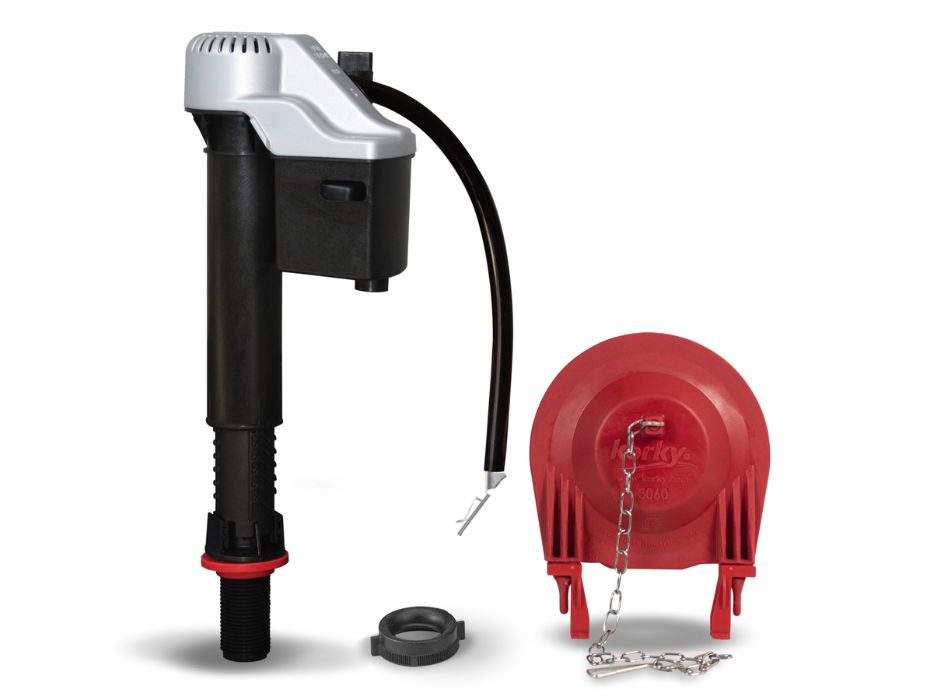How to Install a Flush Valve
Is your flush valve leaking? Over time, your valve can become cracked or damaged, creating a pathway for water to leak. When this happens, it is time to replace your flush valve.
The flush valve controls the flow of water between the tank and the bowl. The flapper is the most commonly replaced part of the flush valve because the rubber can deteriorate and warp over time. When this happens, it causes a running toilet and water waste.
In less common cases, your flush valve can develop cracks. Once this happens, you must replace the toilet flush valve with a new one to repair your toilet. You can easily learn how to change the flush valve in your toilet, so let's get started!
Measure the Flush Valve Opening
Toilets have two different size valve openings, standard 2-inch, and large 3-inch. If your toilet was made before the year 2000, you will likely need a 2-inch valve. If your toilet was made later, you might need to get a large 3-inch flush valve.
Normally toilet flappers are the first part to wear out, so replacing your flapper is more common. Since replacing a flush valve is less common, we recommend replacing the fill valve and flush valve at the same time. Korky offers a Complete Standard 2-Inch Kit, and a Complete Large 3-inch Kit.

